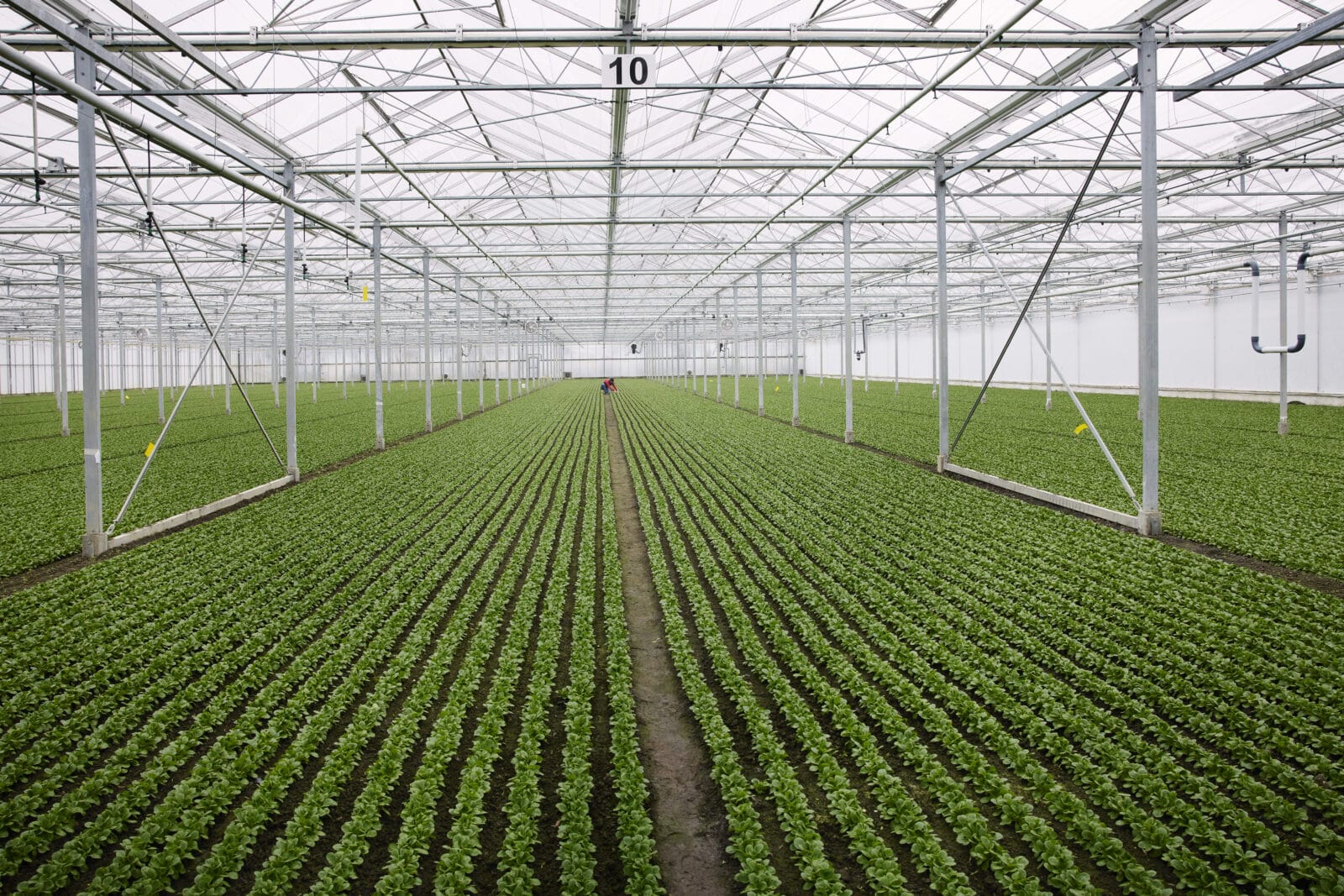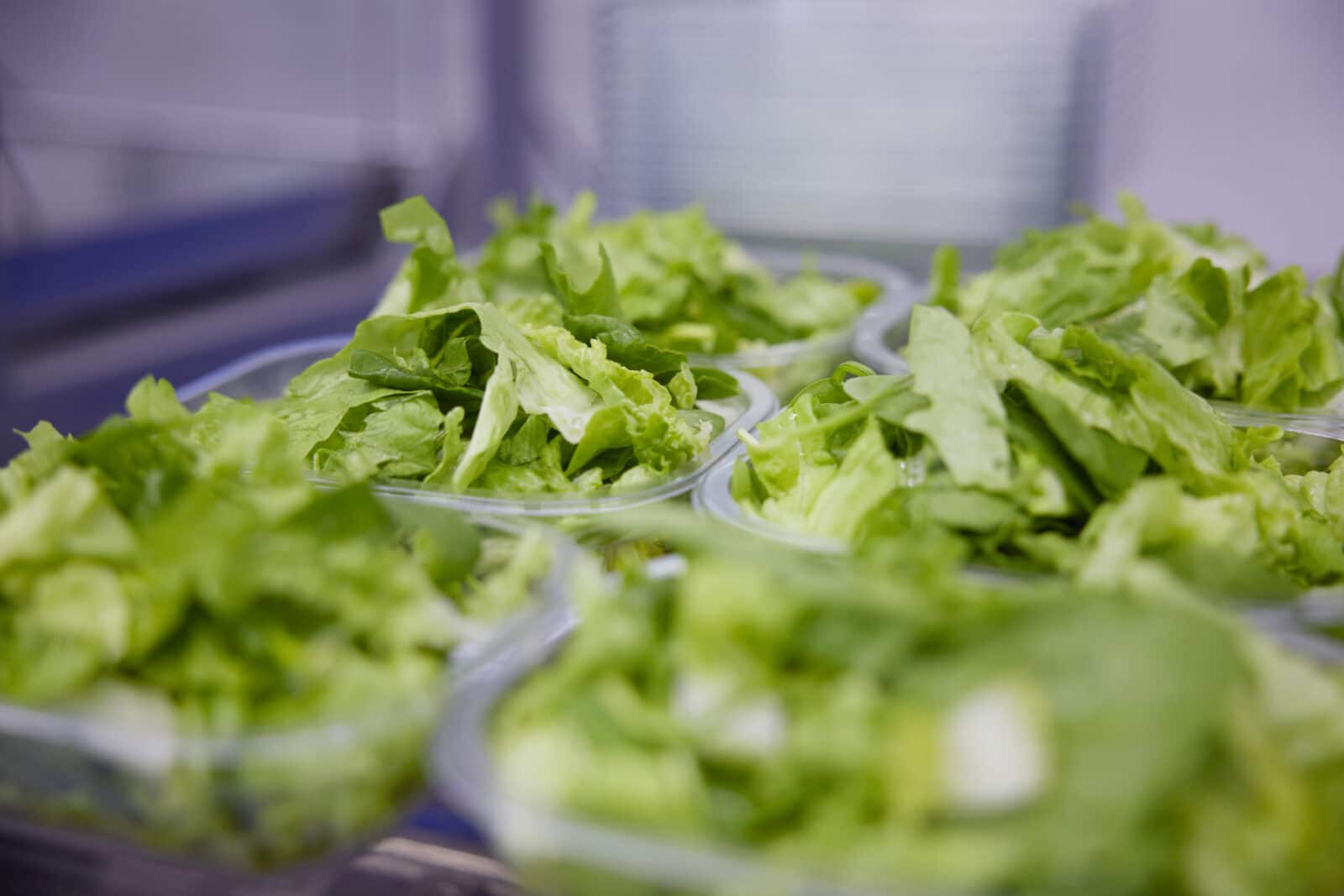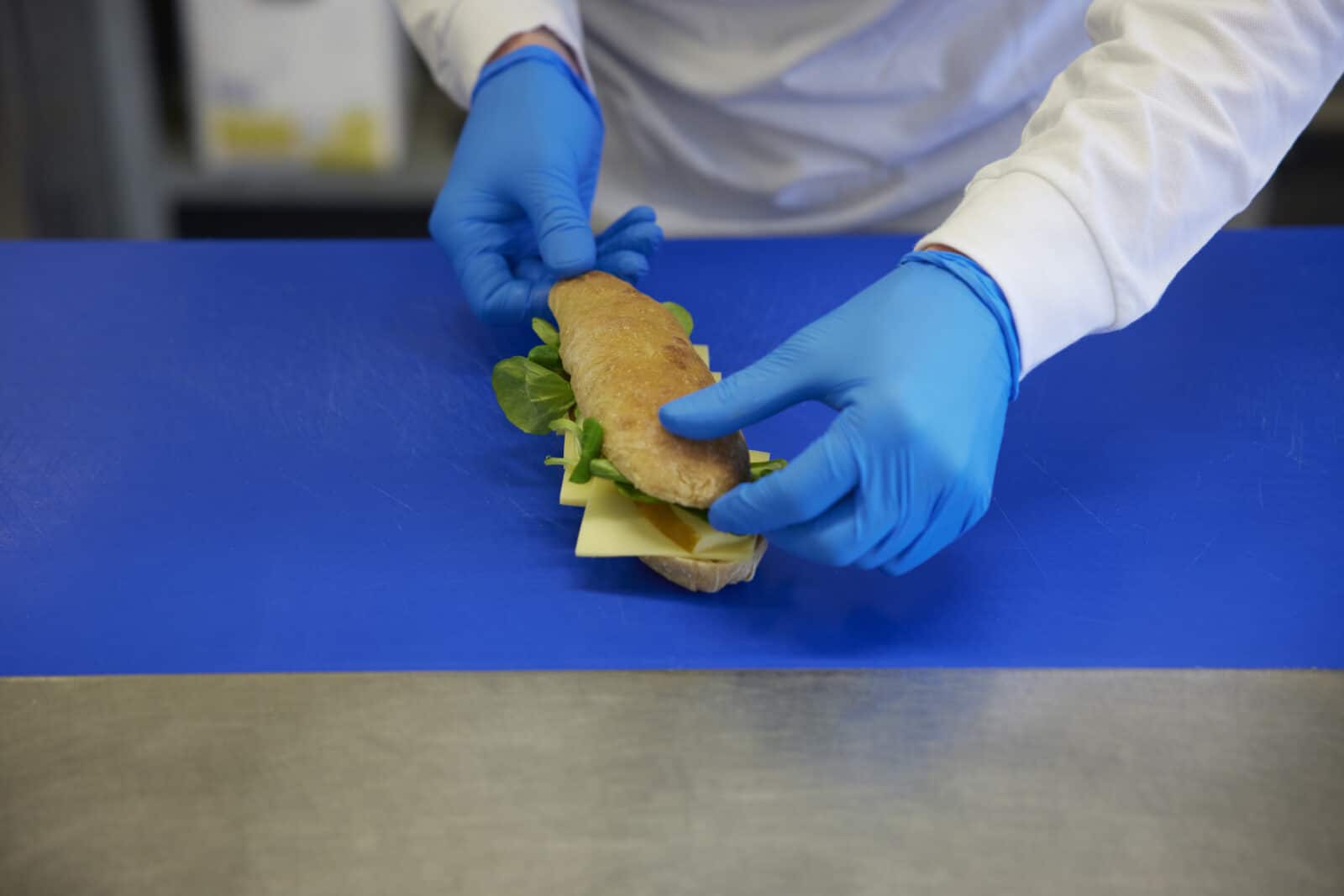Global megatrends have led to a sharp increase in out-of-home consumption, with the focus increasingly shifting to healthy and fresh products. Christine Schäfer, researcher at the Gottlieb Duttweiler Institute, identifies the products that are currently in great demand and describes their impact on customers as well as the food service and retail industries.

Ms Schäfer, out-of-home consumption has increased sharply in the past few years. How do you explain this trend?
Growing demand for on-the-go food products is strongly driven by megatrends such as increased flexibility, globalisation, growing mobility and longer commutes. Our lifestyle is changing and we increasingly often have to eat while on the go.
What are the most important trends for out-of-home consumption?
Convenience plays a major role – eating must be easy, quick and convenient. Health and freshness as topics are also gaining in importance. When eating while on the go, we increasingly want to make sure that the food we eat is good for us. This trend is also reflected in the changed product options offered by food service providers and retailers, who have included more fresh and healthy products in their product ranges, such as seasonal salads and home-made sandwiches.
How do you define convenience?
Generally speaking, convenience is one of the most important drivers of consumer behaviour because we are all very busy. The term refers to the availability and speed of obtaining products as well as their practical form. For example, it’s important to consumers that products come in portions and packaging that make it easy to eat them on the go.
How do trends establish themselves in Switzerland, and why does it often take longer for trends to take root here?
Many trends come from abroad, for example from the US and our neighbouring countries. This is undoubtedly related to the size of our country. We don’t have big cities with a large target public that can attract innovative companies and start-ups. Which doesn’t mean, however, that we don’t also have a great and competitive start-up scene in Switzerland. Regulatory conditions sometimes also delay the acceptance of some trends such as GMO. And maybe the average Swiss consumer is a little more cautious and likes to first watch and see how a trend develops abroad.
What products are currently most in demand in Switzerland?
In the snacking segment – which accounts for a large part of out-of-home consumption – the trend seems to be changing from comfort food to a desire for more control. With our food, we want to more consciously control our mood and ability to perform. A number of studies have shown that nutrition can have a positive effect on our mental well-being. Functional food, i.e. food with a specific additional benefit such as probiotic yoghurt or vitamin water that can improve our health and well-being is therefore becoming more important. Food products with an above-average concentration of nutrients (e.g. flaxseed, blueberries, walnuts and spelt) that are said to strengthen our mental efficiency are known as superfoods and are very easy to market. When it comes to physical performance, products with a high protein content remain very popular. And the focus is increasingly also shifting to sustainability – regional, seasonal, organic, vegan.

Will food service and retail outlets in future have to offer products with a higher degree of complexity?
By now, our requirements are very differentiated and people almost seem to expect that all their needs must be met. Personalised nutrition will therefore continue to gain in importance in the future. Vegetarian and vegan alternatives and the option to make changes to dishes are needed to combat allergies and food intolerances. This certainly makes product range selection more complicated and demands much know-how from the people in charge.
How can food service and retail outlets use these trends to score with customers?
The industry is suffering greatly at present with the coronavirus pandemic. This means that the main focus will fall on the customer experience, in particular as the lockdown has boosted the delivery business. To entice consumers to actually sit down in a restaurant or to eat while on the go, the atmosphere, waiting service and service in general have to offer more value than the food delivered at home.
How do you see the development of the delivery business?
It has been noticeable for some years that this segment is growing strongly in Switzerland. The coronavirus crisis has naturally accelerated the spreading of this trend. I expect this trend to continue growing strongly – in particular as many consumers have already cleared the hurdle of placing their first order for delivery.
What’s the situation in the retail segment – must products that are delivered differ from those sold in shops?
Here we differentiate between utility consumption and event consumption.I can imagine that people will increasingly have their basic supplies delivered to their home, i.e. non-perishable products such as pasta and non-food items. However, they are still more likely to go on shopping trips that serve as an experience to buy fresh products from a shop or directly from the producer.
This was an intense discussion of current trends in out-of-home consumption. What are the trends of tomorrow?
Meat is and will remain an emotional topic, and demand for meat alternatives is growing. Plant protein is certain to play a more important role in future, as will laboratory-grown protein – i.e. meat and milk substitutes.
Christine Schäfer is a researcher and speaker at the GDI Gottlieb Duttweiler Institute. She analyses social, economic and technological trends, with a focus on food, consumption and trade.
More food and freshness at Valora
Macrotrends such as the social change towards smaller households, greater mobility and related out-of-home consumption are shaping the needs of Valora’s customers. With its dense network of sales outlets at heavily frequented sites, Valora has its finger at the pulse of society, exactly where the customers are. Valora’s product ranges meet the growing demand for fast, fresh meals and snacks. Valora pursues a growth strategy for which food is the main driver.
Valora will therefore not only convert some of the kiosks at the SBB sites secured until 2030 into avec stores with a higher food component, but will also modernise the k kiosk outlets to carry more food. Notwithstanding the consistent growth of the food component, k kiosk will stay true to its DNA: the core product range will still be tobacco, magazines and games of chance.
The conversion of the outlets at SBB sites was on track as planned at the beginning of the year. The conversion work that was temporarily interrupted by the coronavirus pandemic in spring started again at the beginning of July and speeded up in the fourth quarter of 2020. Valora expects this work to be finalised in 2022.
Photos and video: Noë Flum.






